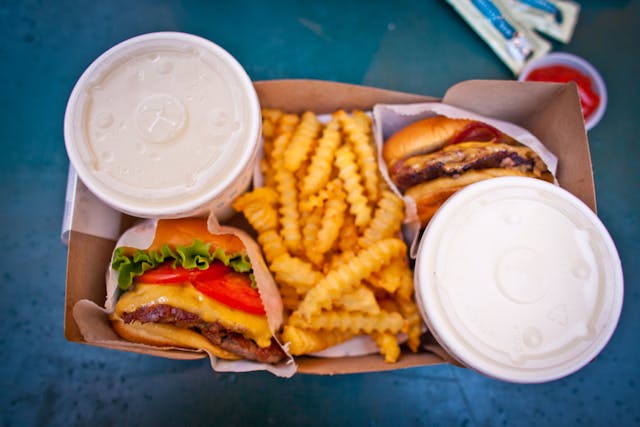With video game livestreaming platforms (VGLSPs) like Twitch becoming a primary source of entertainment, these platforms also expose kids to unhealthy food and drink advertisements. Recent research suggests that such ads on VGLSPs lead to higher consumption and more favorable attitudes towards unhealthy foods among children.
Marketers targeting VGLSPs for ads
Video game live streaming platforms have seen significant growth recently, rivaling YouTube and leading to the creation of new platforms like Kick. These platforms primarily attract users interested in watching live-streamed video game content with interactive chat features. However, the content isn’t limited to gaming; some streamers focus on commentary, cooking, art, and other topics.
The research published in the journal Appetite reveals the dominance of VGLSPs globally, with Twitch leading with 77% market share by hours watched, followed by YouTube Gaming (15%) and Facebook Gaming Live (7%). Kick, a platform launched in 2022, has risen to claim the third-place spot.
Dr. Rebecca Evans from the University of Liverpool notes that endorsement deals for Twitch streamers can amount to millions, as younger demographics increasingly favor interactive entertainment over traditional television. These deals often involve promoting brands, including those in the food and beverage industry, targeting products high in fats, salt, and/or sugar.
Food cues on Twitch involve ultra-processed foods
Researchers surveyed 490 youths (average age 17) predominantly White (76%) and female (30%), recruited via social media, schools, and a youth panel. They examined VGLSP viewing habits, food marketing recall, and attitudes toward marketed foods. Additionally, a randomized trial with 91 participants explored snack intake after viewing a mock Twitch stream featuring unhealthy snack or non-food ads, followed by a snack choice assessment.
The study found that food cues on Twitch averaged 2.6 per hour, lasting around 20 minutes each, totaling 52 minutes hourly. Around 71% were for ultra-processed foods, with energy drinks being featured most (62%) and 81% of cues were branded, with only 2% had advertising disclosure. They appeared as product placements (44%) or looping images (41%), with tie-ins, logos, offers, and slogans, creating constant, unavoidable advertising.


